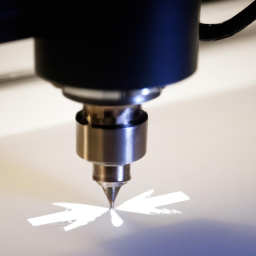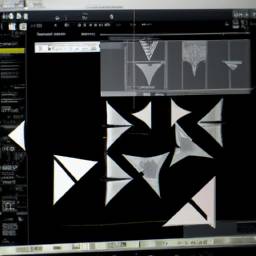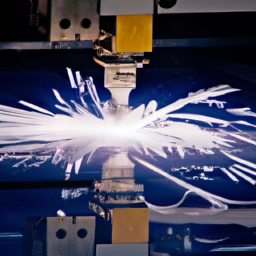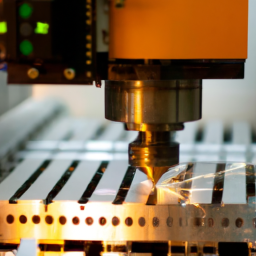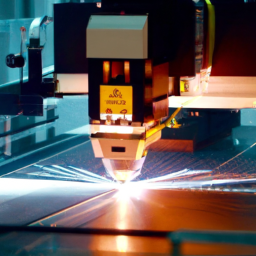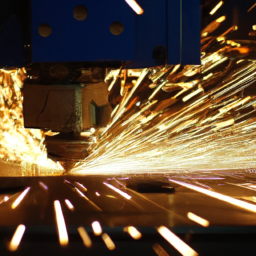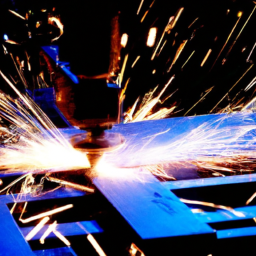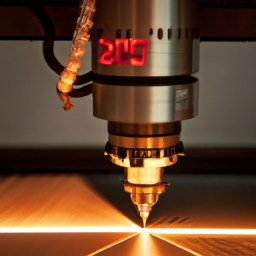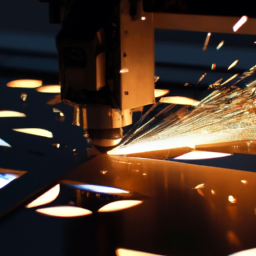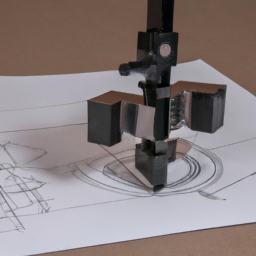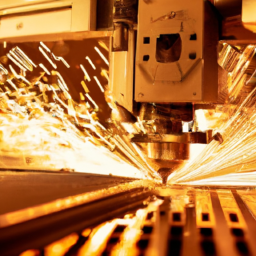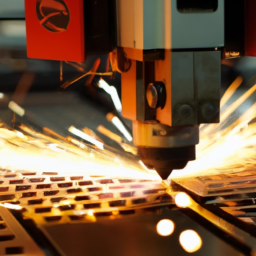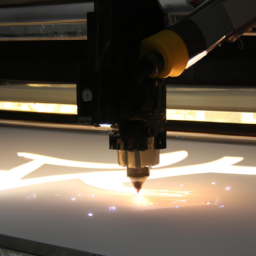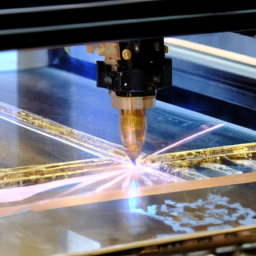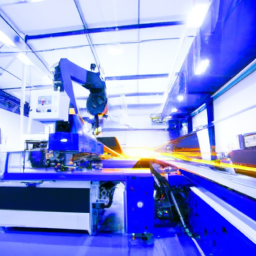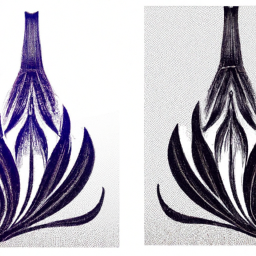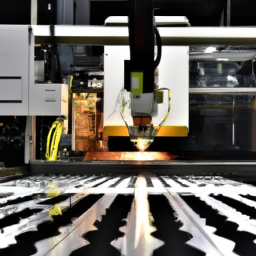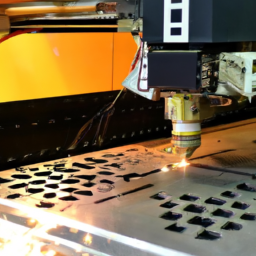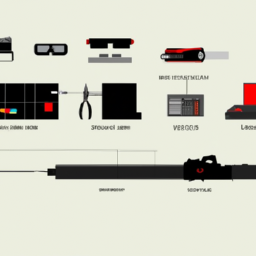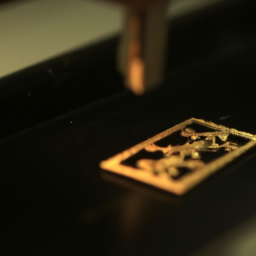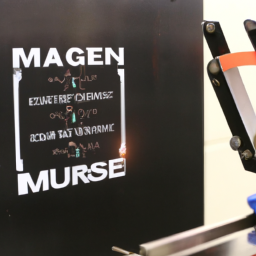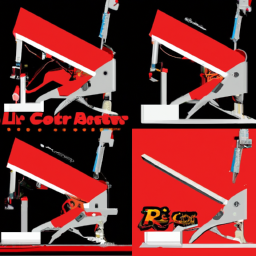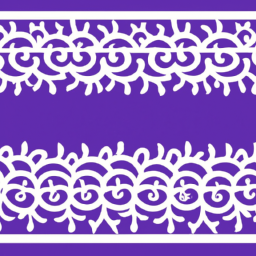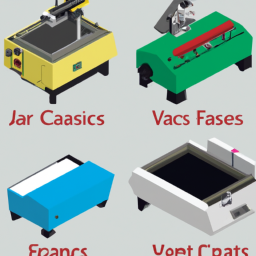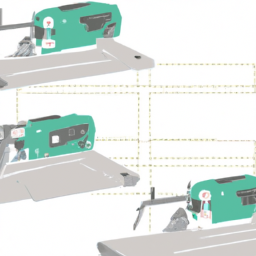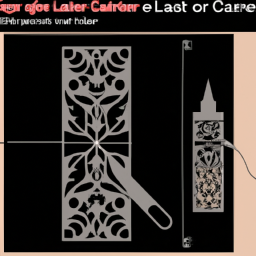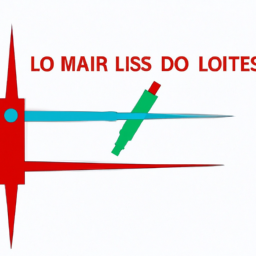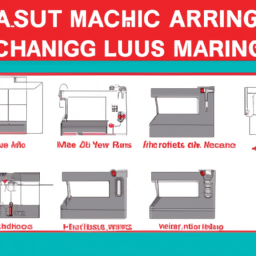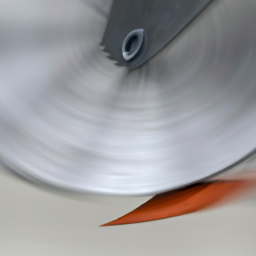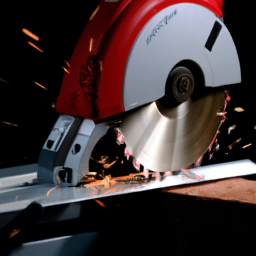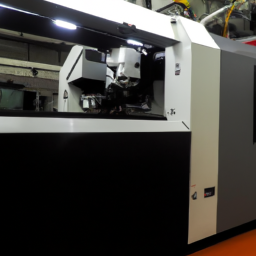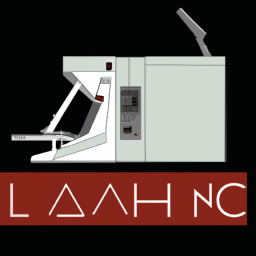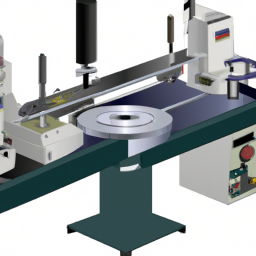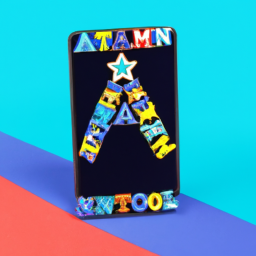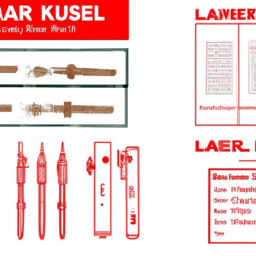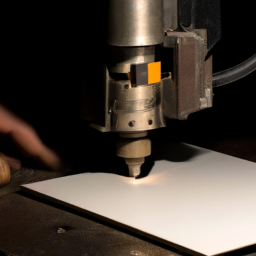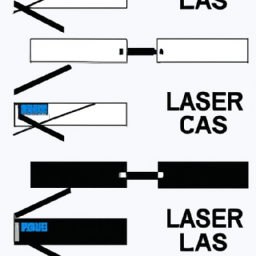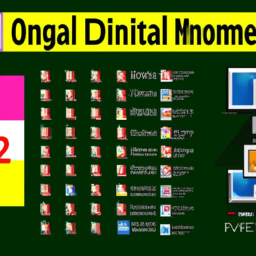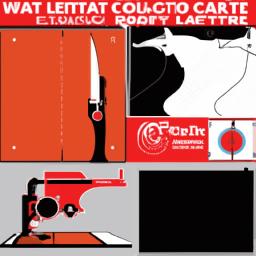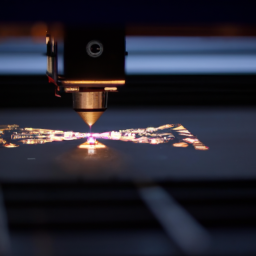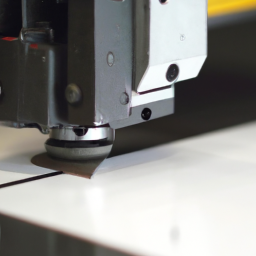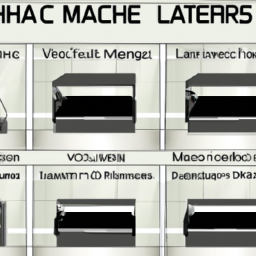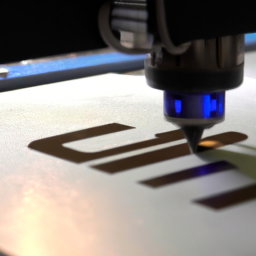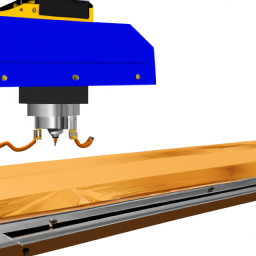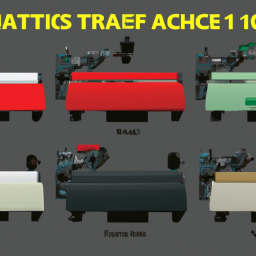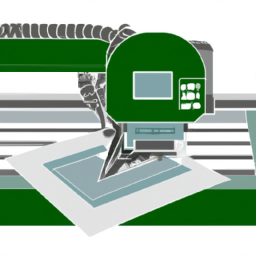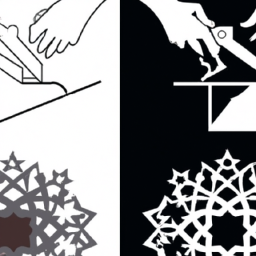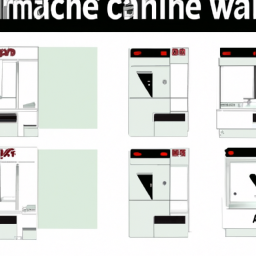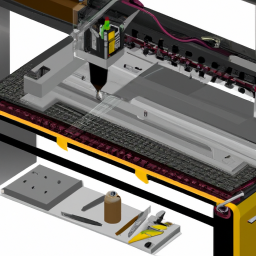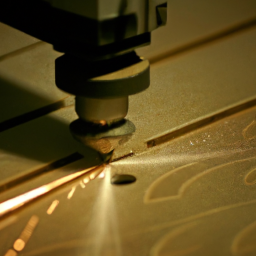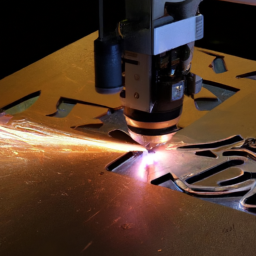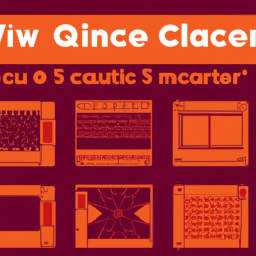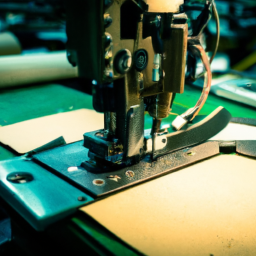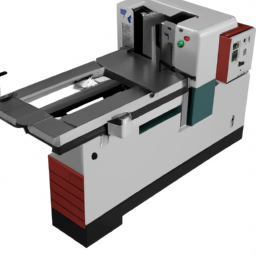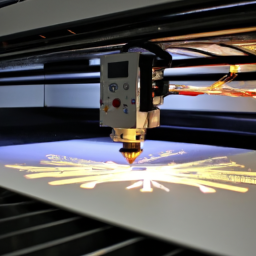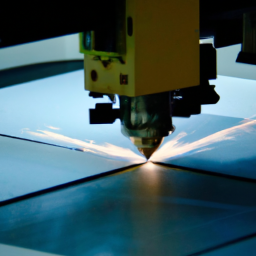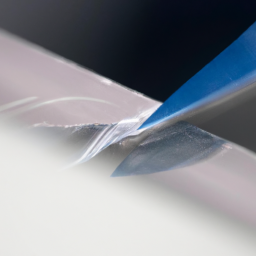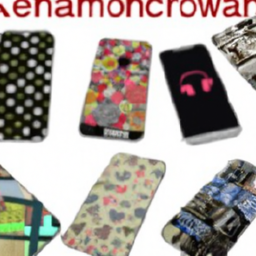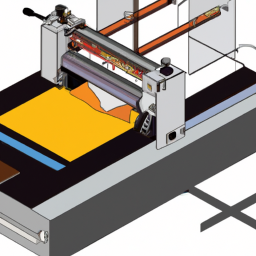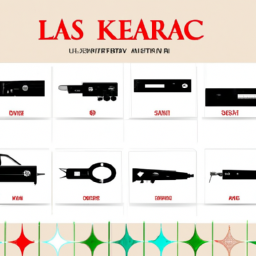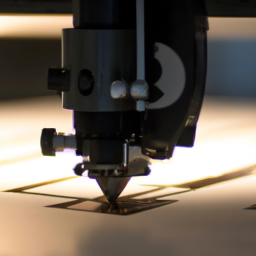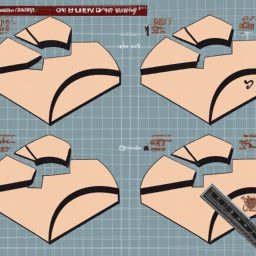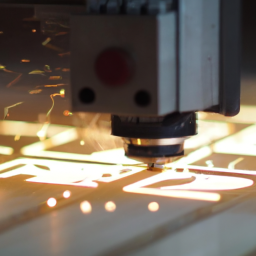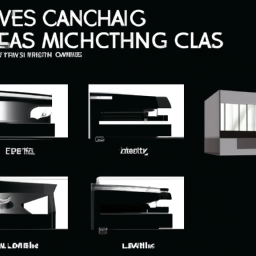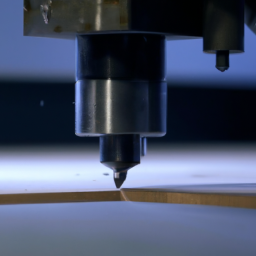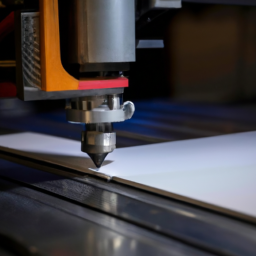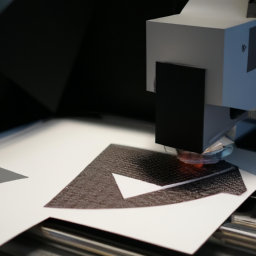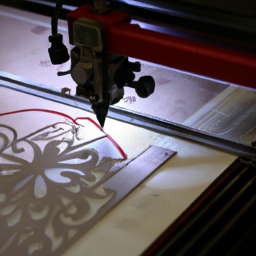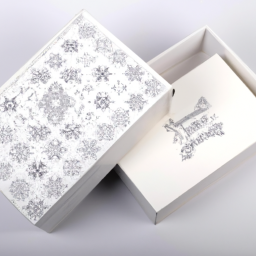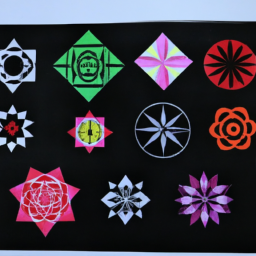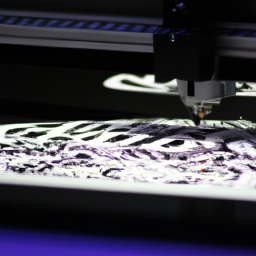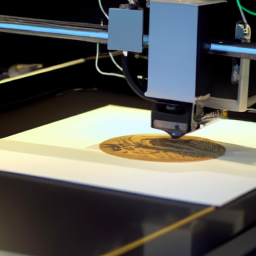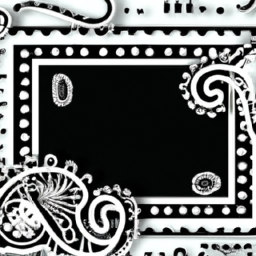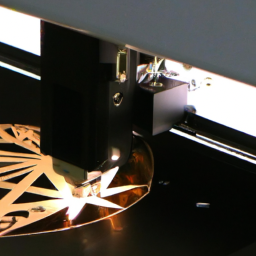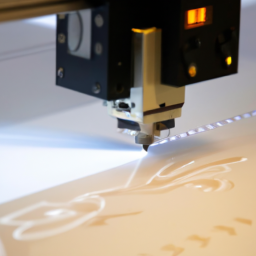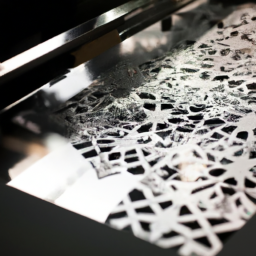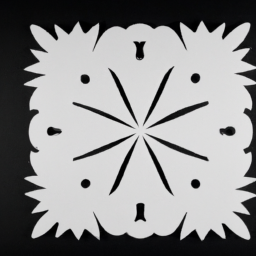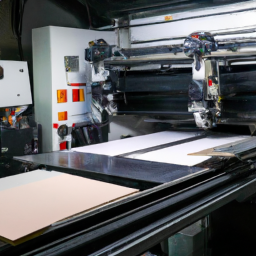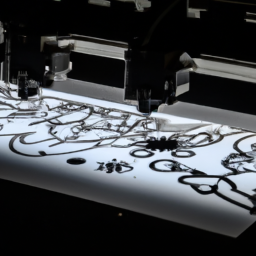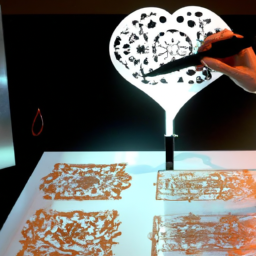As the saying goes, ‘The choice is yours.’ When it comes to cutting methods for your manufacturing needs, the decision between additive laser cutting and plasma cutting is a crucial one. Both methods offer unique advantages and considerations that can impact the efficiency, cost, and quality of your final product.
In this article, we will delve into the technical aspects and compare the benefits of each method, helping you make an informed choice.
Additive laser cutting utilizes a high-powered laser beam to precisely cut through materials, offering exceptional accuracy and intricate detailing. On the other hand, plasma cutting employs a jet of ionized gas to melt and blow away the material, providing faster cutting speeds for thicker materials.
Cost and efficiency play a significant role in decision-making, as each method has its own set of requirements and limitations.
Moreover, application and material considerations must be taken into account, as different cutting methods are better suited for specific materials and industries. By analyzing these factors and understanding the precise needs of your project, you can make the right choice between additive laser cutting and plasma cutting, ensuring optimal results and customer satisfaction.
Key Takeaways
- Additive laser cutting is ideal for intricate and precise designs in aerospace and automotive industries, while plasma cutting is commonly used in automotive and construction industries.
- Additive laser cutting offers high precision but can be expensive and time-consuming, while plasma cutting reduces production time by up to 50% and has lower operating costs.
- Additive laser cutting is effective for metals, plastics, and composites, while plasma cutting is suitable for stainless steel, aluminum, and mild steel.
- Additive laser cutting requires higher initial investment and regular servicing, while plasma cutting equipment is generally more affordable, readily available, and has fewer expensive components to replace.
Understanding Additive Laser Cutting
Imagine a laser beam delicately sculpting intricate designs out of a solid block of material, bringing your creations to life with additive laser cutting. This method offers numerous advantages, such as high precision and the ability to cut through a wide range of materials, including metals, plastics, and wood.
With additive laser cutting, you can create complex shapes and achieve fine details that would be difficult to achieve with other cutting methods. However, it also has its limitations. The process can be slow, especially when cutting thicker materials, and it may result in heat-affected zones that can affect the material’s properties.
Now, let’s explore plasma cutting, another popular cutting method that offers its own unique benefits.
Exploring Plasma Cutting
When it comes to metal fabrication, plasma cutting offers a fast and efficient way to cut through various materials. Plasma cutting techniques involve the use of a high-temperature plasma arc to melt and sever the metal. This process is highly effective in cutting through thick metals, such as steel, with ease. One of the key benefits of plasma cutting is its versatility, as it can be used on a wide range of materials, including stainless steel, aluminum, and copper. Additionally, plasma cutting allows for greater precision and accuracy, thanks to its focused and concentrated heat source. With these advantages, plasma cutting is a popular choice in many industries, including automotive, aerospace, and construction. Transitioning into the subsequent section about ‘comparing cost and efficiency,’ it is important to understand the various factors that influence the decision-making process.
Comparing Cost and Efficiency
To determine the most cost-effective and efficient method for your metal fabrication needs, you should consider that plasma cutting has been found to reduce production time by up to 50%. This makes it a highly attractive option, especially when time is of the essence.
When comparing the cost effectiveness of these two cutting methods, there are several factors to consider:
-
Initial investment: Plasma cutting systems are generally more affordable to purchase and maintain compared to additive laser cutting machines.
-
Operating costs: Plasma cutting consumes less energy and requires fewer consumables, resulting in lower operating costs.
-
Material versatility: Plasma cutting is suitable for a wide range of materials, including stainless steel, aluminum, and mild steel, making it a versatile choice.
-
Cutting speed: Plasma cutting has a higher cutting speed compared to additive laser cutting, allowing for faster project completion.
Considering these factors, plasma cutting emerges as a cost-effective and time-efficient option for metal fabrication. Moving forward, it’s essential to consider application and material considerations to make an informed decision.
Application and Material Considerations
When considering the application of additive laser cutting, it’s important to note that it is well-suited for intricate and precise designs, making it ideal for industries such as aerospace and automotive.
On the other hand, plasma cutting is more commonly used for heavy-duty applications such as construction and metal fabrication.
When it comes to material compatibility, additive laser cutting is effective for a wide range of materials including metals, plastics, and composites, while plasma cutting is primarily used for conducting materials like steel and aluminum.
Suitable Applications for Additive Laser Cutting
For your specific needs, additive laser cutting is the ideal choice due to its precision and versatility. Additive laser cutting benefits include the ability to create intricate designs and complex geometries with high accuracy. This method also offers a wide range of materials that can be cut, including metals, plastics, and ceramics.
However, it’s important to consider the limitations of additive laser cutting. One limitation is the cost, as the equipment and maintenance expenses can be high. Additionally, the process can be time-consuming, especially for thicker materials.
Despite these limitations, additive laser cutting is still a preferred method for many applications that require intricate and precise cuts.
Now let’s explore suitable applications for plasma cutting.
Suitable Applications for Plasma Cutting
Plasma cutting is a versatile and efficient method that is commonly used in industries such as automotive and construction, with over 50% of metal fabrication shops employing this technique. It offers precision cutting, allowing for accurate shapes and intricate designs. Additionally, plasma cutting is known for its high-speed cutting capabilities, enabling quick production times and increased efficiency.
Plasma cutting can easily cut through thick materials, making it suitable for heavy-duty applications. It is an ideal choice for cutting non-ferrous metals like aluminum and stainless steel. Plasma cutting can be used for both straight-line and curved cuts, offering flexibility in design. This method is particularly effective for cutting thicker materials where laser cutting may struggle.
Considering its precision cutting and high-speed capabilities, plasma cutting is a preferred choice for many applications. However, it is important to consider material compatibility for each method to ensure the best results.
Material Compatibility for Each Method
Material compatibility is a crucial factor to consider when deciding between plasma cutting and other methods. The choice of cutting technique depends on the type of material being worked with. Additive laser cutting is well-suited for a wide range of materials, including metals, plastics, ceramics, and composites. On the other hand, plasma cutting is most effective for conducting materials such as steel, aluminum, and copper. To better understand the material compatibility for each method, refer to the table below:
| Material | Additive Laser Cutting | Plasma Cutting |
|---|---|---|
| Metals | ✓ | ✓ |
| Plastics | ✓ | |
| Ceramics | ✓ | |
| Composites | ✓ | |
| Conducting | ✓ |
Considering material compatibility is just one of the many factors to consider when choosing between additive laser cutting and plasma cutting. Transitioning into the subsequent section about ‘factors to consider in decision making’, it is important to carefully evaluate all relevant aspects before making a final choice.
Factors to Consider in Decision Making
When considering whether to choose additive laser cutting or plasma cutting, there are several factors to take into account.
Precision and accuracy play a crucial role in determining the quality of the final product, as well as the level of waste and rework.
Speed and productivity are also important considerations, as they directly impact the efficiency of the manufacturing process.
Lastly, maintenance and operational requirements should be evaluated to ensure that the chosen method is sustainable and cost-effective in the long run.
Precision and Accuracy
For the utmost precision and accuracy in your cutting needs, you’ll find that additive laser cutting is like a skilled surgeon’s scalpel, delicately removing only what is necessary, leaving behind a clean and flawless result. This method offers unparalleled precision and accuracy, making it ideal for intricate designs and detailed cuts. To better understand the advantages of additive laser cutting in terms of precision and accuracy, consider the following table:
| Factor | Additive Laser Cutting | Plasma Cutting |
|---|---|---|
| Precision | High | Moderate |
| Accuracy | High | Low |
| Cost | Higher | Lower |
| Speed | Slower | Faster |
| Cutting Quality | Excellent | Good |
As you can see, additive laser cutting excels in precision and accuracy, although it may come at a higher cost. However, the subsequent section will explore the benefits of speed and productivity in plasma cutting.
Speed and Productivity
Boost your productivity and finish your cutting projects in record time with the lightning-fast speed of plasma cutting. When it comes to speed advantages, plasma cutting takes the lead. With its high cutting speed, plasma cutting allows you to complete your projects efficiently and meet tight deadlines.
This method excels at cutting through thick materials, making it ideal for industrial applications where time is of the essence. Not only does plasma cutting offer speed advantages, but it also brings productivity benefits. By swiftly cutting through various materials, plasma cutting saves you valuable time and increases your overall productivity.
Now, let’s transition into the subsequent section about maintenance and operational requirements, where we will explore the necessary steps to keep your cutting equipment in optimal condition.
Maintenance and Operational Requirements
Moving on from the discussion on speed and productivity, let’s now delve into the maintenance and operational requirements of additive laser cutting and plasma cutting. When considering these factors, it’s important to analyze the cost and maintenance comparison of both methods.
-
Cost Comparison: Additive laser cutting typically requires higher initial investment due to the need for expensive laser equipment and gas supply systems. On the other hand, plasma cutting equipment is generally more affordable and readily available.
-
Maintenance Comparison: Additive laser cutting systems often require regular servicing and replacement of laser components, which can be costly. Plasma cutting systems, while also requiring maintenance, generally have fewer expensive components to replace.
-
Operational Requirements: Additive laser cutting may require a dedicated operator with specialized training due to the complexity of laser systems. Plasma cutting, on the other hand, is relatively easier to operate and may not require extensive training.
Considering the cost and maintenance factors, it’s crucial to make an informed decision when choosing between additive laser cutting and plasma cutting. This will ensure optimal productivity and cost-effectiveness for your specific needs.
Now, let’s move on to exploring how to make the right choice.
Making the Right Choice
When making a decision between additive laser cutting and plasma cutting, it’s crucial to assess your needs and priorities. Consider factors such as the type and thickness of the material, the precision required, and the desired speed of the cutting process.
Consulting with experts in the field can provide valuable insights and guidance tailored to your specific requirements. Additionally, carefully weighing the pros and cons of each method will help you make an informed choice based on objective analysis and consideration of all relevant factors.
Assessing Your Needs and Priorities
Prioritizing your needs and preferences will help you determine whether additive laser cutting or plasma cutting is the right method for you. When assessing priorities and evaluating requirements, it is important to consider factors such as material type, thickness, precision, and cost. Additive laser cutting is known for its high precision and ability to cut a wide range of materials, including metals and plastics. On the other hand, plasma cutting is more suitable for thicker materials and offers faster cutting speeds. To better understand the differences between these methods, refer to the table below:
| Method | Material Compatibility | Precision | Cutting Speed |
|---|---|---|---|
| Additive Laser Cutting | Wide range | High | Moderate |
| Plasma Cutting | Thicker materials | Moderate | High |
Considering your specific needs and priorities will help you make an informed decision. Consulting with experts in the field can further guide you in choosing the best method for your application.
Consulting with Experts
To gain a more comprehensive understanding of the best approach for your specific application, it would be beneficial to consult with industry experts who can provide valuable insights and guidance.
Consulting with experts offers several benefits in the decision-making process. These professionals have extensive knowledge and experience in both additive laser cutting and plasma cutting methods. They can analyze your needs and priorities, taking into account factors such as material type, thickness, and desired precision. By leveraging their expertise, you can make informed decisions that align with your requirements, budget, and timeline.
Industry experts can also provide insights into emerging technologies and advancements in the field. Their guidance can help you stay ahead of the curve and ensure that you adopt the most efficient and effective cutting method for your specific application.
With the consultation benefits and industry expert insights in mind, let’s now delve into weighing the pros and cons of additive laser cutting and plasma cutting.
Weighing the Pros and Cons
Consider the advantages and disadvantages of both methods to determine the best fit for your application. When weighing the pros and cons of additive laser cutting and plasma cutting, there are several factors to consider in decision making.
Additive laser cutting offers high precision and accuracy, allowing for intricate designs and tight tolerances. It also provides a cleaner cut with minimal heat-affected zones.
On the other hand, plasma cutting offers faster cutting speeds and can handle thicker materials. It is also more cost-effective for large-scale production. However, plasma cutting may result in a wider kerf width and greater material distortion. Additionally, the initial investment for a plasma cutting system can be higher.
Ultimately, your choice will depend on the specific requirements of your project, such as material thickness, desired precision, and budget constraints.
Frequently Asked Questions
Can additive laser cutting be used on any type of material?
Additive laser cutting offers several advantages over other cutting methods. It allows for precise and intricate cuts, reducing material waste and minimizing the need for post-processing. However, there are limitations to using additive laser cutting on certain materials.
For example, materials that are highly reflective or have high thermal conductivity may not be suitable for this method. It’s important to consider the specific properties of the material before choosing additive laser cutting as the cutting method.
How does plasma cutting compare to traditional cutting methods?
Plasma cutting has both advantages and limitations when compared to traditional cutting methods. On the positive side, plasma cutting allows for faster cutting speeds, making it a preferred choice for large-scale industrial applications.
However, it also has limitations, such as lower precision and the inability to cut certain materials, like reflective metals.
This highlights the importance of carefully considering the specific requirements of your project before deciding on the most suitable cutting method.
Are there any safety concerns associated with additive laser cutting?
When it comes to additive laser cutting, there are indeed safety considerations and hazards that need to be addressed. Precautions must be taken to protect operators and the surrounding environment from potential dangers.
Protective measures such as wearing appropriate personal protective equipment, implementing proper ventilation systems, and following safety protocols are crucial. It is important to be aware of the potential risks and to take the necessary precautions to ensure safe operation.
Can plasma cutting achieve the same level of precision as additive laser cutting?
When considering precision, plasma cutting falls short compared to additive laser cutting.
Plasma cutting is a reliable method, but it has its limitations.
It struggles to achieve the same level of precision as additive laser cutting due to its wider kerf width and larger heat-affected zone.
On the other hand, additive laser cutting offers distinct advantages in terms of precision, with its focused laser beam and minimal material removal.
What industries are most likely to benefit from additive laser cutting technology?
The automotive industry greatly benefits from additive laser cutting technology. Its precision and accuracy make it ideal for manufacturing intricate parts and components. Moreover, additive laser cutting offers advantages such as reduced material waste, faster production times, and the ability to work with a wide range of materials.
Similarly, the aerospace sector also benefits from this technology as it allows for the creation of lightweight yet durable components, improving overall aircraft performance and fuel efficiency.
Conclusion
In conclusion, when deciding between additive laser cutting and plasma cutting, it’s crucial to consider various factors such as cost, efficiency, application, and material considerations.
Both methods offer unique advantages and disadvantages, making the decision-making process challenging. However, by carefully analyzing your specific needs and requirements, you can make the right choice.
So, why settle for less when you can choose the method that perfectly aligns with your goals and objectives?












